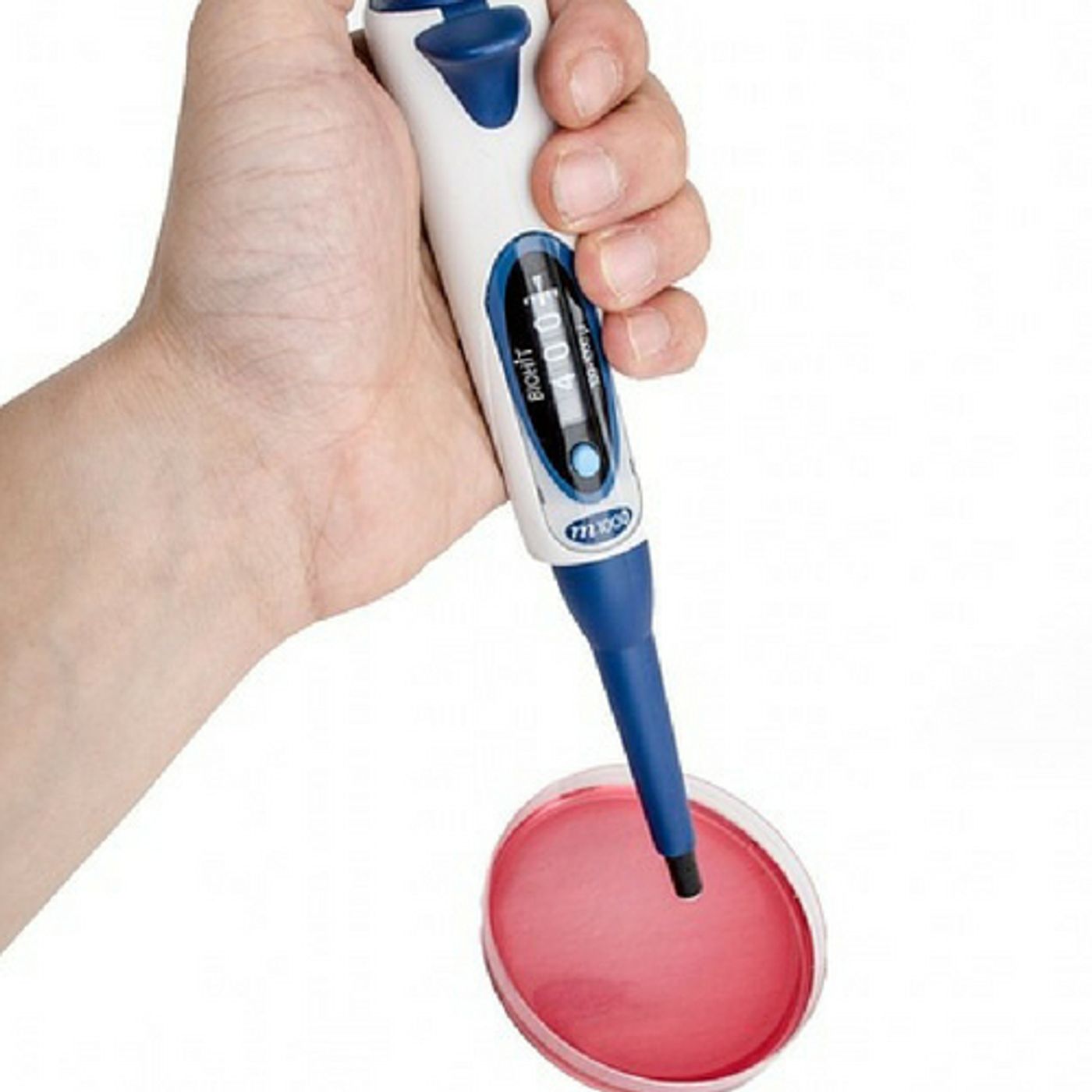This Blood Test Can Tell if You Cheat on Your Diet
When a person ingests anything, be it food, drink or medication, it gets broken down in the bloodstream so that cells can absorb needed nutrients. When the body metabolizes a substance, small molecules are created called metabolites. T
hese by-products of cellular action can be detected in the blood and scientists at Johns Hopkins Bloomberg School of Public Health have recently found a way to detect metabolites from specific diets and can use that process to determine patient compliance to a prescribed diet.
While physicians don't want to be the "food police" to their patients, in clinical trials it's vital to ensure that participants are correctly following assigned diets. If the participants' adherence can't be verified, the results of a study are less valid. The method developed could make it much easier for researchers and scientists to verify dietary intake to a precise value rather than relying on self-reporting and estimates. The study is published in the American Journal of Clinical Nutrition.
The team at the Bloomberg School was able to show that in a study of the DASH (Dietary Approaches to Stop Hypertension) diet there were significant metabolite differences between treatment groups and control groups. The DASH diet is much like the Mediterranean Diet; it stresses fruit and vegetables along with lean protein and limited amounts of red meat. Relying solely on participants reporting of diet adherence means that a study cannot be completely verified. Studies, where patients self-report what they eat, are subject to errors, and, more often, a bit of "fudging" the data since participants might not want to admit they fell off the healthy eating wagon. Casey M. Rebholz, Ph.D. is an assistant professor in the Department of Epidemiology at the Bloomberg School and the lead author on the study. She explains, "We can now consider these metabolites as candidate biomarkers for assessing adherence to the DASH diet in future nutrition research studies, and one day clinicians might use these markers to monitor what their patients eat."
Some studies have used urine samples to objectively measure dietary adherence, however getting study volunteers to collect clean samples over a period of days is difficult and urinalysis can only detect limited types of nutrients since some metabolites never make it to excretion but are absorbed and used by the body.
The study done by Rebholz and her colleagues used frozen blood samples from a study of the DASH diet in 1997 where patients were provided with complete meals. The study is considered the gold standard of work on the effectiveness of the DASH way of eating in reducing blood pressure. It demonstrated that patients who adhered to the diet were able to lower their blood pressure significantly. Blood samples drawn during the study were still in frozen storage and since they represented a cohort the researchers knew had a high level of adherence, it was the perfect way to check for metabolites.
There were 329 blood samples from DASH trial participants that were tested for metabolites like lipids, amino acids and other small-molecule byproducts that are detectable in the bloodstream after food is consumed. Using an approach called "untargeted metabolomics" they found that there were 97 metabolites that differed between the DASH group and the control group. While looking for every possible metabolite difference isn't practical, the team did find a core group of ten small molecule metabolites where the differences were most pronounced. These ten will be part of a panel of testing in future studies. Dr. Rebholz hopes that the detection of metabolites can be adapted for other diets besides DASH. Take a look at the video to learn more.
Sources: Bloomberg School of Public Health, American Journal of Clinical Nutrition UPI









